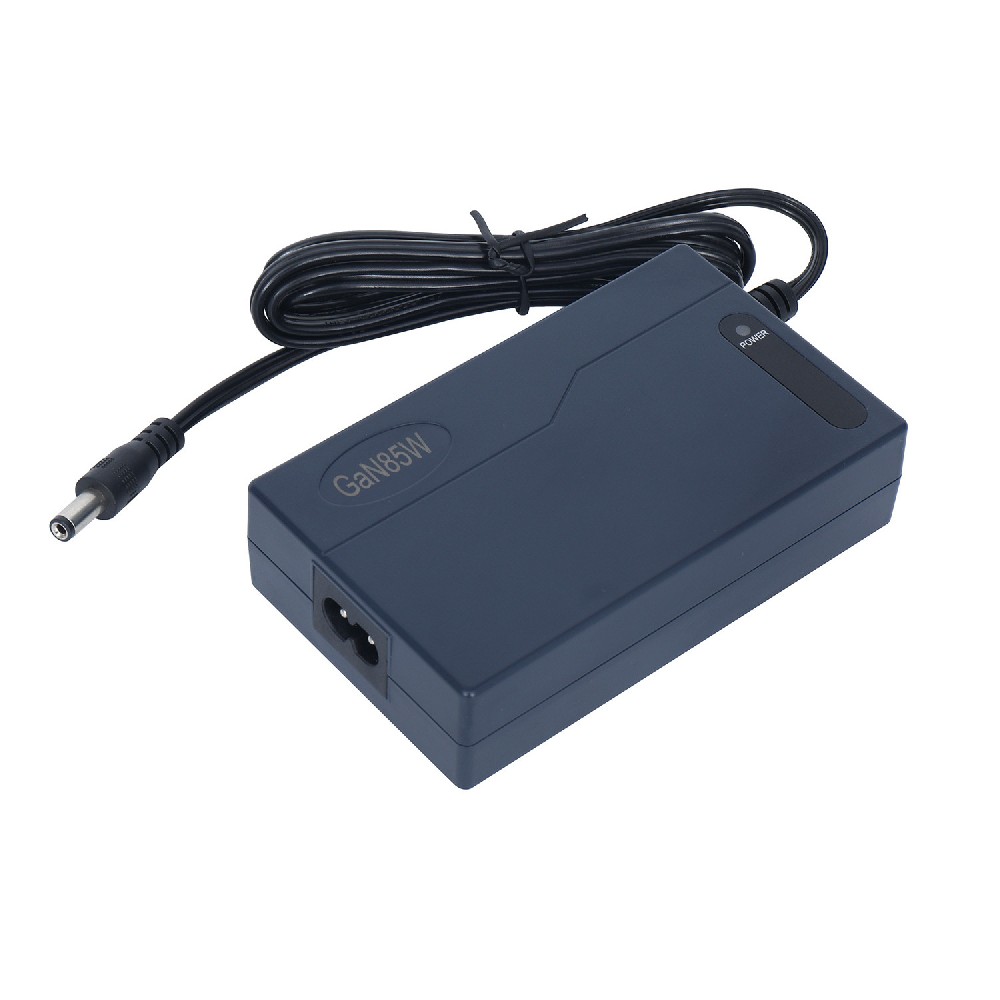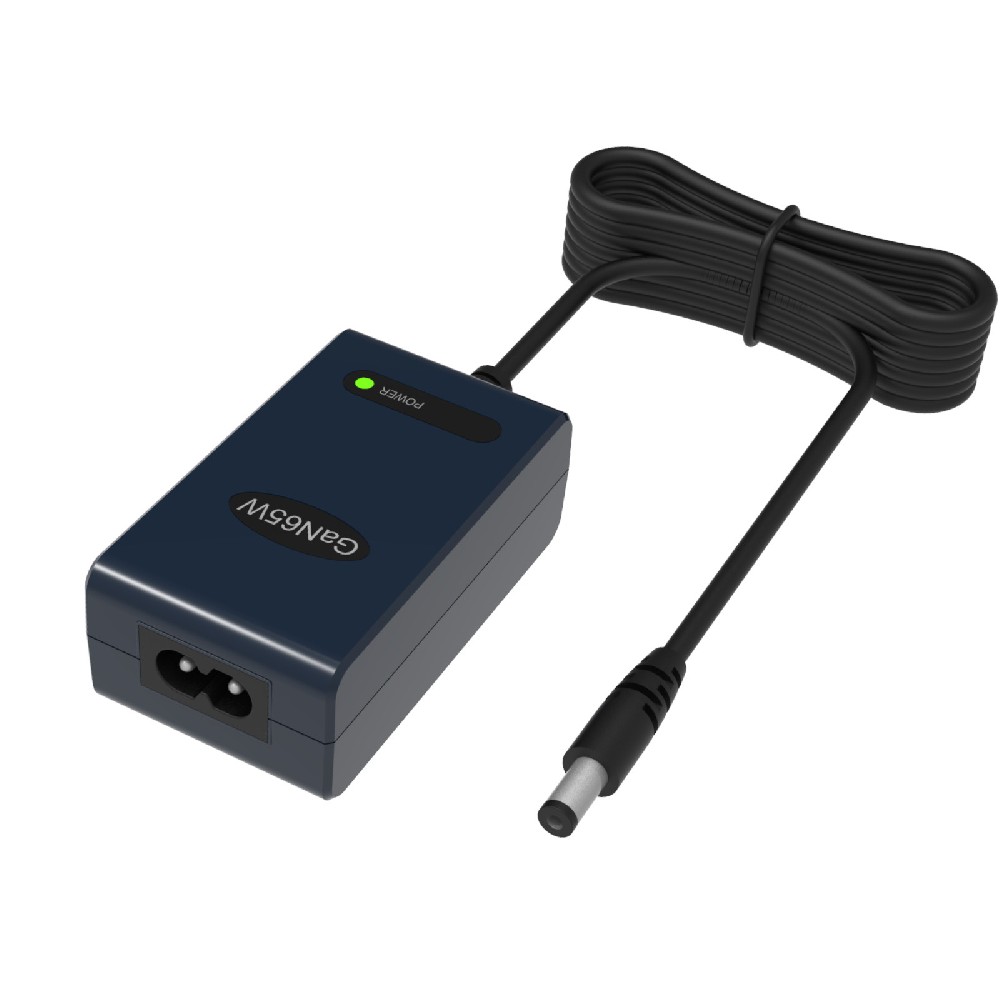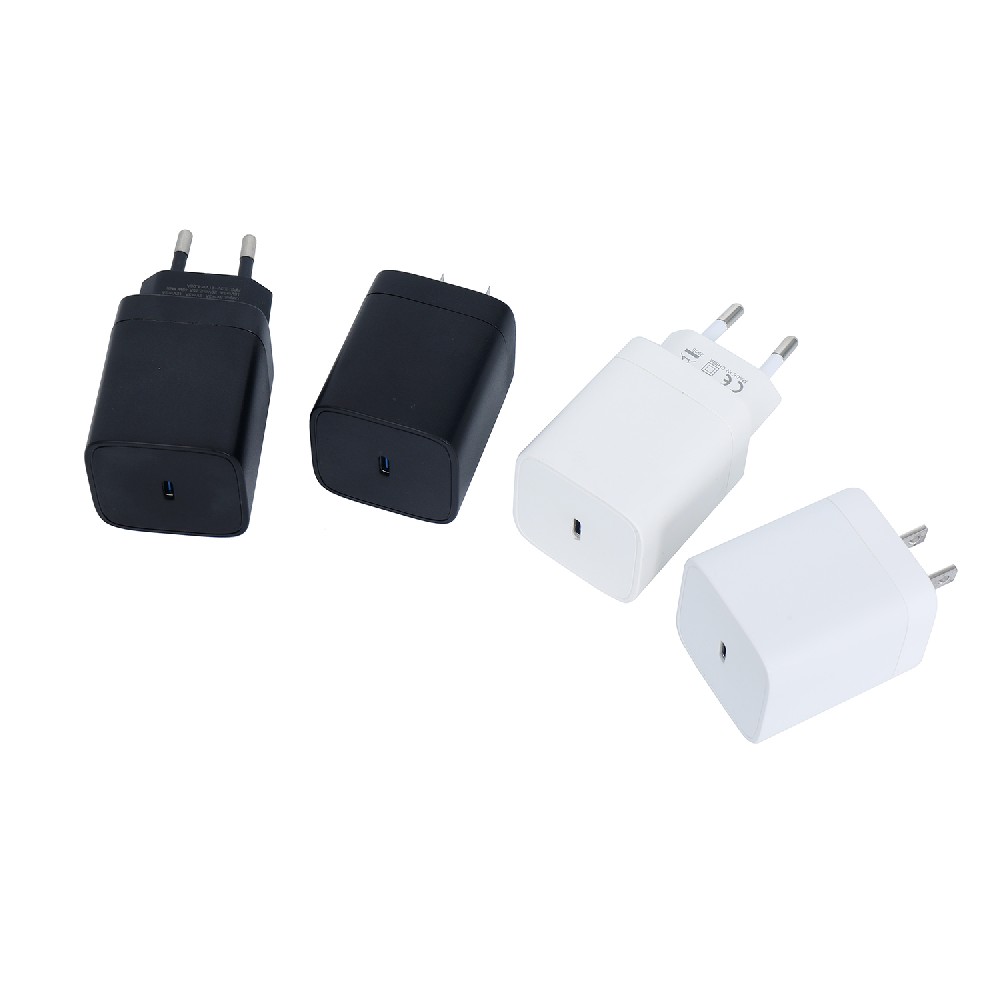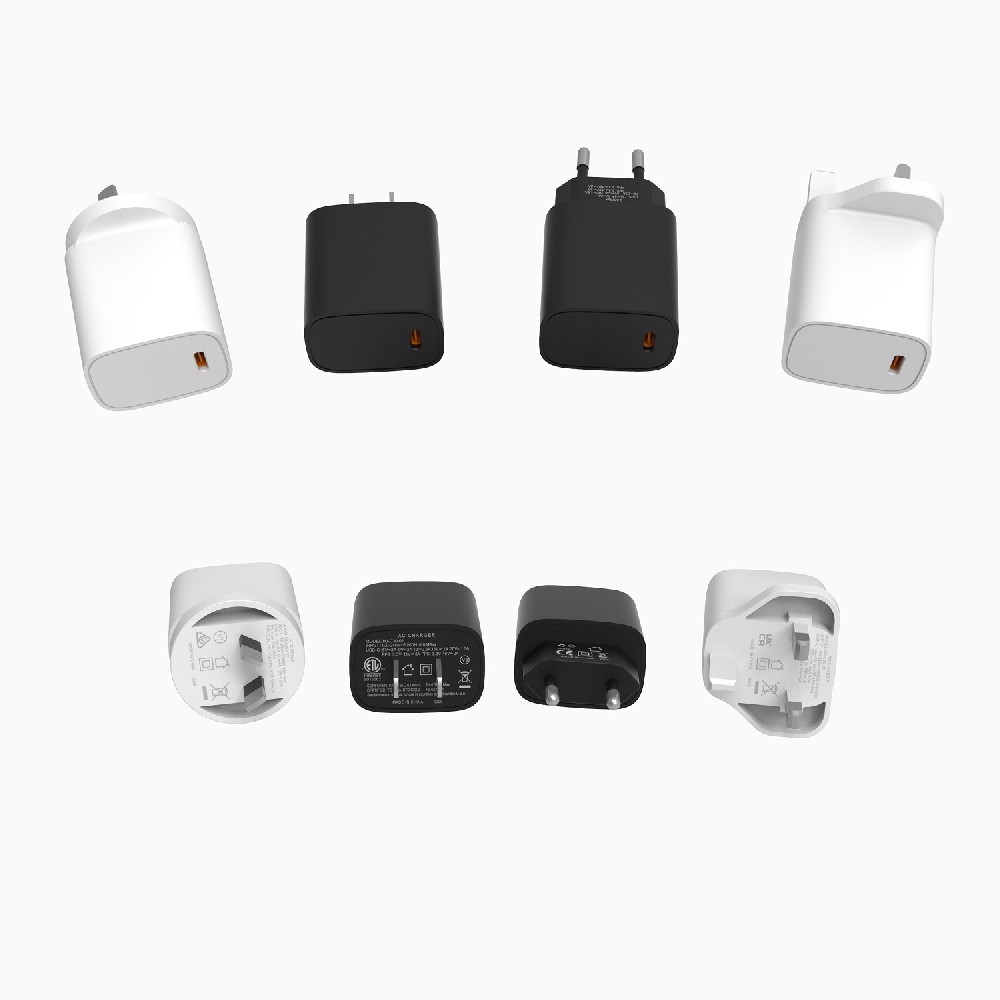What functions does the lithium battery protection board tester have? How to customize a lithium battery protection board tester?
Published:2024-12-16 18:27:44 Author:admin Views:10Functions
Calibration Capability: The tester calibrates the test subjects to ensure accurate and reliable measurement results.
High-Precision Measurement: The tester boasts high precision, capable of enhancing the accuracy of the protection board to within a few percent and measuring electrical parameters such as temperature, voltage, and power.
Multifunctional Testing: It can test the electrical parameters of lithium battery protection boards, including nominal output voltage, minimum reset voltage input, maximum allowable reset voltage, surge current, and internal temperature changes.
Real-Time Monitoring: The tester monitors the battery's status in real-time to ensure its stability and reliability during operation. It can effectively detect changes in input and output voltages and accurately monitor internal temperature changes, ensuring the normal operation of the lithium battery protection board.
Rapid and Reliable Data Acquisition: The tester can quickly and accurately read various data and features waveform display functionality, allowing users to track and analyze all test data for accurate judgment and adjustments.
Safety Features: The tester incorporates unique safety features to protect the entire testing device and prevent overload currents from being output to the test circuit, thereby effectively preventing damage to the test circuit.
Customization Method
Define Requirements: Firstly, clarify your testing needs, including the electrical parameters to be tested, testing accuracy, testing speed, etc. These requirements will directly impact the customization plan for the tester.
Select a Supplier: Choose a qualified and experienced tester supplier. You can find suitable suppliers through online searches, industry exhibitions, and other means.
Provide Parameters: Convert your testing needs into specific tester parameters, such as testing voltage range, testing current range, and testing accuracy, and provide these to the supplier.
Design the Plan: The supplier will design a tester plan that meets your needs based on the provided parameters. This plan should include the tester's hardware design, software design, and testing procedures.
Confirm the Plan: Carefully review the tester plan provided by the supplier to ensure it meets your testing needs and is feasible.
Production and Testing: Once the plan is confirmed, the supplier will begin producing the tester. During production, rigorous testing is required to ensure its stable and reliable performance.
Acceptance and Delivery: After the tester is produced, acceptance testing is conducted. Upon passing the test, the supplier will deliver the tester to the customer.
In summary, lithium battery protection board testers offer various functions to meet testing needs in different fields. When customizing a tester, it is crucial to clarify your testing needs and choose a qualified and experienced supplier to collaborate with.
IntroductionGolf carts serve as vital transportation tools on golf courses, and their performance and reliability are crucial for enhancing player experience an···
The battery pack is the heart of a golf cart, silently powering every acceleration and climb on the green. However, battery degradation often goes unnoticed, mu···
The battery pack is the heart of a golf cart’s power system, yet maintaining it has long been a challenge for technicians. Traditional troubleshooting methods—···
For golf course managers, ensuring smooth and efficient operations is crucial for providing a memorable experience for golfers and maintaining the reputation of···





